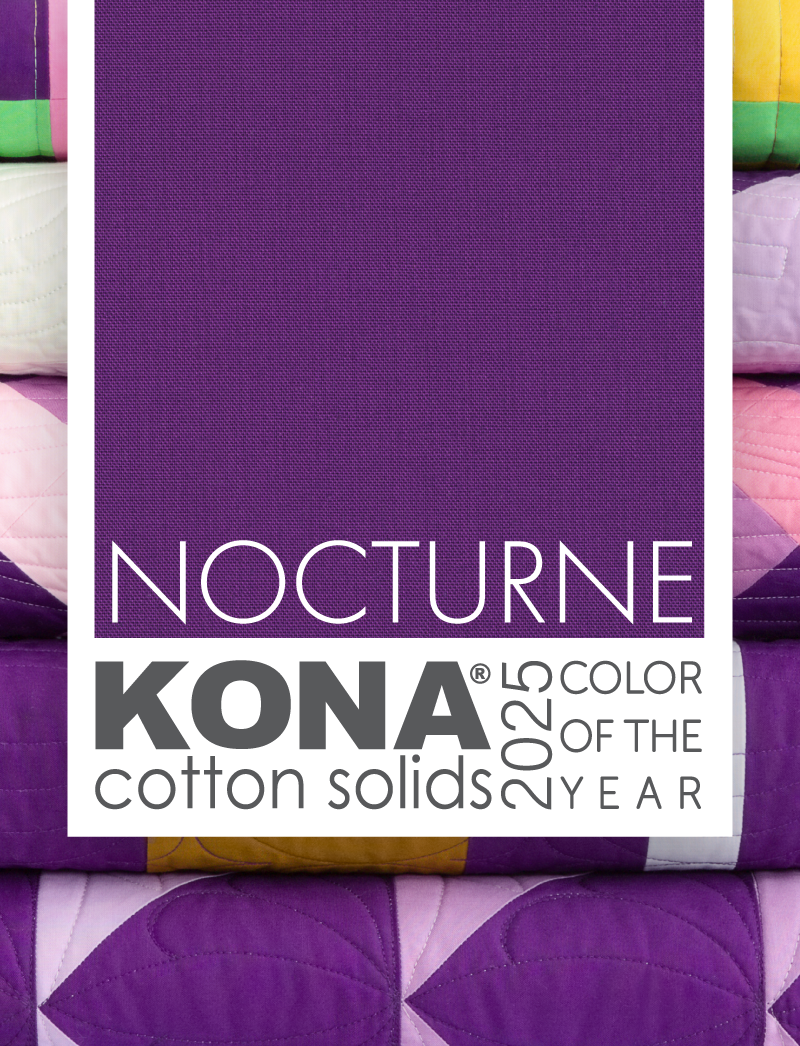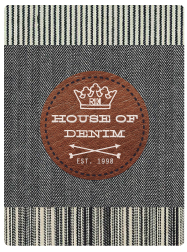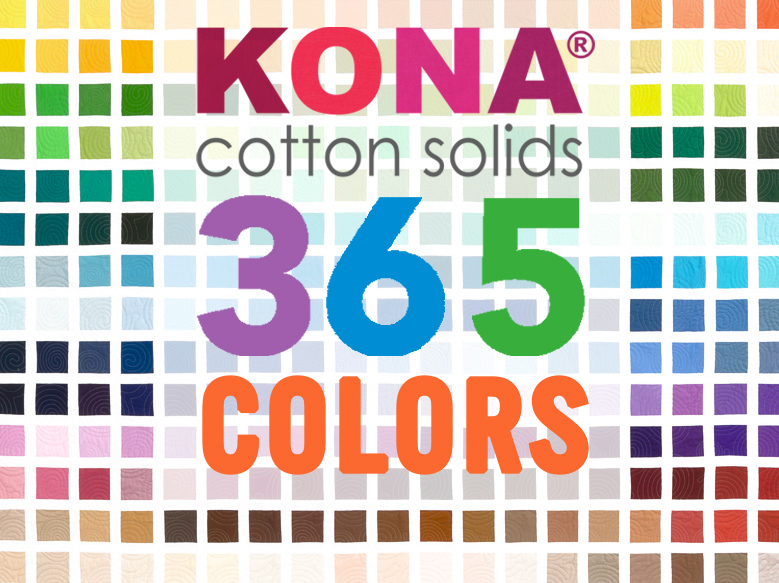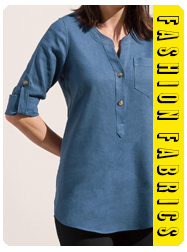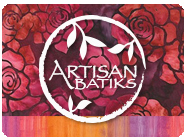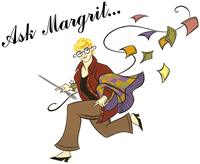Ask Margrit Winter 2006
Quilting Questions Answered
The e-Forum column is dedicated to you the quilter. I would like to encourage you to participate in the e-Forum by submitting any events, thoughts, questions and hints to "Ask Margrit" and submitting you information via e-mail. If you submit information regarding quilting events in your area, we will post as many as possible. Please submit at least 2 months prior to the event.
In this edition of Ask Margrit:
Q: I have made rag quilts and picture quilts. My question is, can I make a picture quilt using the rag quilt idea. Will the picture material that I use shred o.k.? Do I have to use homespuns or can I use cottons?
A: Yes, you can make a picture quilt using the rag quilt method. Follow the manufacture's directions for transferring the photos to the fabric. I would use cotton (not flannel or a fabric with a nap). To keep photos from fading you need to keep laundering the quilt to a minimum. If the quilt is being made for high usage, you may not want to use the photo transfers on a rag quilt.
Q: I have a real old quilt that is deteriorating. It's from the early 1940's. Is there any way to stop it from falling apart? How would you suggest I display it?
A: It is difficult to give an answer regarding your quilt without seeing it. I think the best thing for you to do is to get an opinion form someone who restores quilts professionally. You could ask at your local quilt shop if they know someone who could help you. There are a number of sources online for help in restoring quilts. Google "quilt restoration."
Q: I am adding 12 inch strips to the end of my quilt. So that it would fit I had to cut it from cut edge to cut edge. The rest of the quilt was cut from selvage to selvage. Will this be a problem?
A: As long as the fabric is not directional or a fabric with a nap it should not be a problem.
Q: I have just finished many different blocks for a quilt and have to square-up each block. I would like your help in showing or telling me, your method of squaring-up blocks.
A: I try to keep trimming blocks to a minimum. In trimming the blocks, you can cut off your seam allowances or cut off vital elements of you block. (Example: If you trim a log cabin block you will have narrower logs on the outside edge than in the middle of the block) If the block is slightly out of square you can press them to square them up. If you blocks are different sizes, one suggestion is to add a small border to the smaller blocks to make them all the same size.
Just when I thought I had become somewhat knowledgeable about fabrics and their history, along came some information that was entirely new to me. You have probably heard the expression "the whole nine yards." Do you know where the expression came from? I didn't. I found this explanation as well as several others, but I thought this was the most interesting.
"You may be interested in a bit of trivia.....and you may already know about it, being a 'fabric person'. The phrase, "the whole nine yards" is, in fact, of Scottish origin.......it involves the great-kilt, and its construction. As you may know, up until the 18th century, the weaving trade was made up of men. The average width for a bolt of tartan cloth was approximately 30 inches.......the reach of the weaver, throwing the shuttles through the warp determined this. In order to construct the great-kilt, the weaver would produce a bolt of tartan 9 yards in length {by 30" wide}. This was divided into two 4 1/2 yard lengths, which were then brought together and stitched, side to side, producing a piece that measured 60" by 4 1/2 yards This was folded, belted, and draped to form the garment itself. Now, one could make a great-kilt from a 7 yard bolt, and even {barely} from a 5 yard bolt. These, however, would not 'hang' as well, and were not as comfortable or functional. So, if one wanted the best one 'went for' the whole nine yards. The great-kilt was called, by the Scots 'the plaid' {pronounced PLAYD} which was made up, of course, of Tartan, of a certain Sett, or pattern."
Isn't that interesting? It just goes to show that fabric is endlessly fascinating.


 All Fabrics
All Fabrics Precuts
Precuts Patterns
Patterns Designers
Designers Manufacturers
Manufacturers Where to Buy
Where to Buy Customers Only
Customers Only New customers
New customers.gif)
